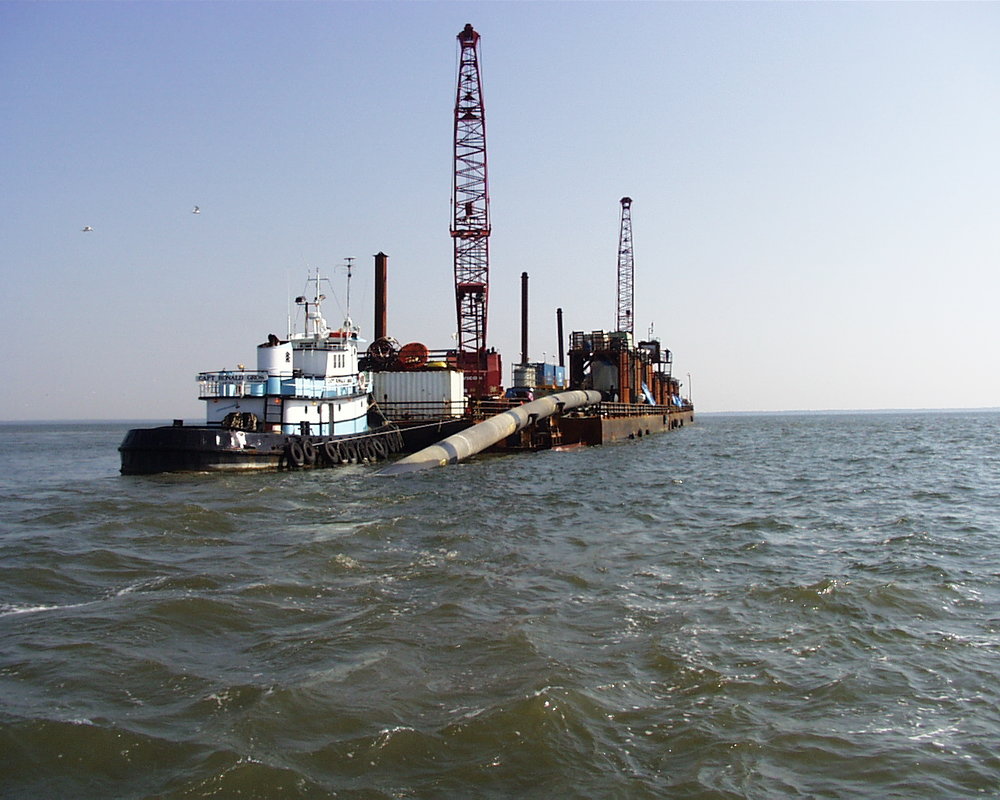Studies on Iran-Oman gas pipeline underway

Studies have begun on the Oman-Iran deep-water pipeline route to transfer Iranian natural gas to the Sultanate, according to a senior Iranian official.
It was only recently that Minister of Oil and Gas HE Mohammed Bin Hamad Al Rumhy said the two countries had agreed to change the route and design of the undersea pipeline, avoiding under the control of the United Arab Emirates.
The pipeline is to connect Iran’s gas reserves with Sultanate’s Liquefied Natural Gas consumers as also plants and help re-export
National Iranian Gas Exports Company managing director Alireza Kameli told Iranian news agency Shana that two routes had been considered for gas transfer from Iran to Oman which include deep-water and shallow-water paths.
The deep-water route would be shorter and would not need permission from a third country and studies would look into the matter.
“Instead of the shallower option around 300 meters deep, the pipeline is to plunge close to 1,000 meters below the sea’s surface,” Rumhy had said.
A project has been defined for carrying out studies over the gas pipeline. The Iranian Offshore Engineering and Construction has been awarded the offshore studies and Pars Consulting Engineers the onshore ones.
The land part of the pipeline extends for 200km from Rudan to Mobarak Mount in southern Hormozgan province. The seabed section between Iran and Sohar Port stretches for another 200km.
According to reports, the construction of the subsea pipeline is estimated to cost $1.5 billion.
Iran and the Sultanate have signed basic agreements based on which Iran will export a daily amount of 28 million cubic meters (mcm) of gas. Almost a third of this will be used in spare liquefaction facilities of the Qalhat plant and the rest will be for the domestic market. Iran will accordingly use the LNG produced for exports to European and Asian markets.
(Source: Oman Tribune)
